Singapore’s unexpected population of wild otters has charmed both locals and tourists, slipping seamlessly into the urban landscape of this vibrant city-state. Once on the brink of disappearance, these charismatic mammals now thrive amidst the skyscrapers and lush parks, offering a captivating glimpse into the resilience of wildlife within urban spaces.
Historical Background of Otters in Singapore
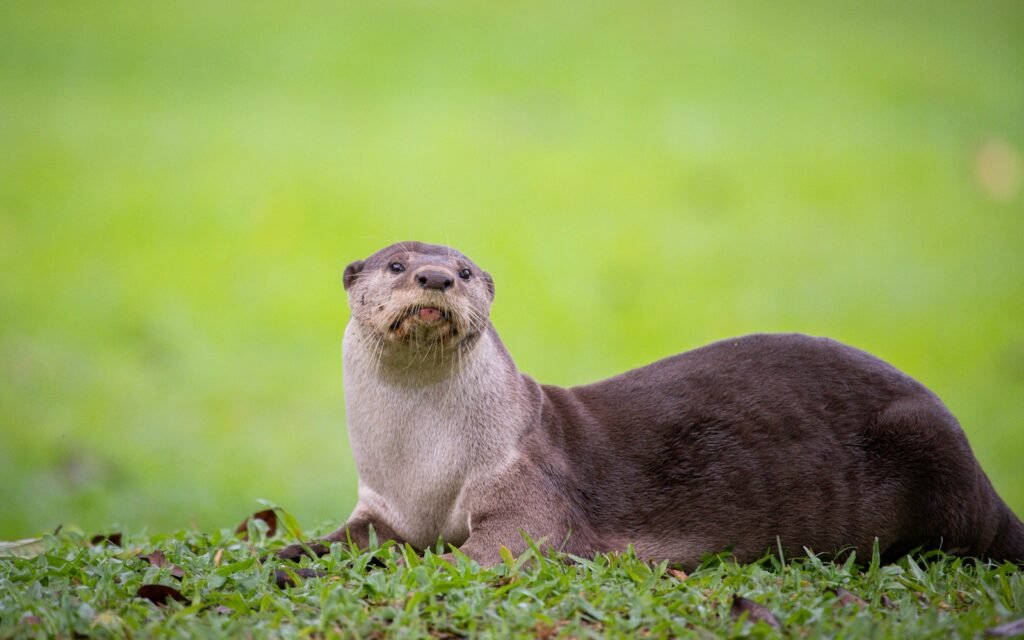
The journey of otters in Singapore is a remarkable tale of resilience and adaptation. Historically, the smooth-coated otter was prevalent in parts of Southeast Asia, including Singapore. However, due to urban development and habitat destruction, these animals vanished from sight in the mid-20th century. Over the past two decades, improved environmental controls and the restoration of waterways have facilitated their surprising comeback.
Adaptation to Urban Environments
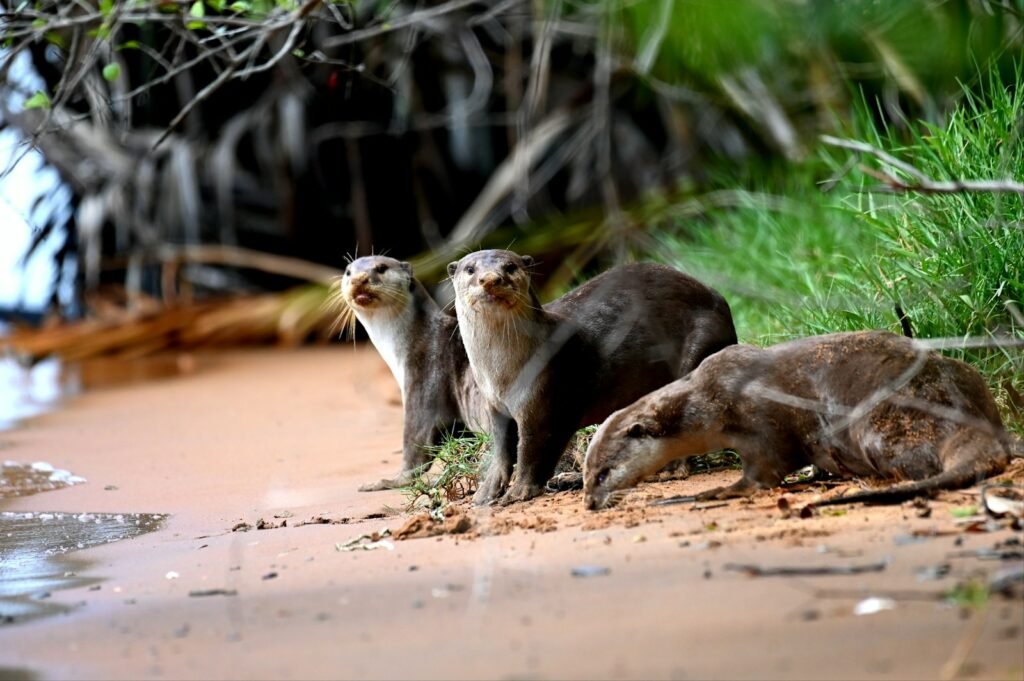
Otters in Singapore have demonstrated an extraordinary ability to adapt to urban environments. They navigate the city’s network of canals and reservoirs with ease and have become adept at coexisting with human development. This adaptability is due to their resourcefulness and ability to exploit new habitats created by the urban landscape, often using naturalized waterways and landscaped parks as their territory.
Diet and Hunting Techniques

The diet of Singapore’s otters comprises primarily fish, acquired through adept hunting techniques that are well-suited to their urban surroundings. Their preferred habitats often teem with tilapia and catfish, which populate the city’s clean water bodies. Otters hunt in groups, using cooperation and precision to corner fish and secure their meals, an impressive sight for any nature enthusiast tracking their progress.
Social Structure and Family Life
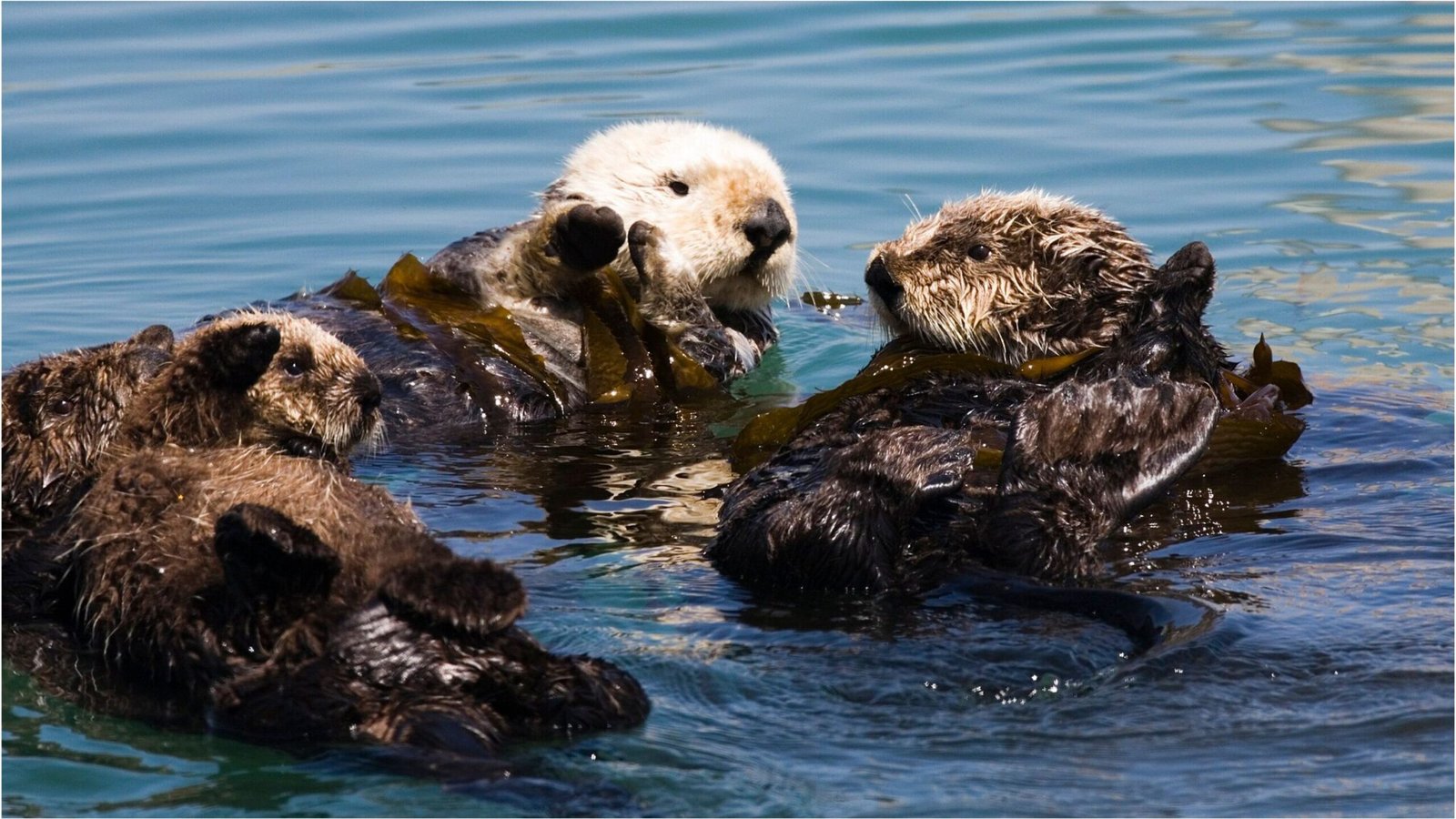
The social structure of otters is a central part of their thriving nature in Singapore. These creatures live in family groups known as ‘romps,’ typically comprising parents and their offspring. The family cohesion among otters is strong; they exhibit complex social behaviors, teaching their young vital survival skills, which ensures generational resilience and success even amid urban challenges.
Breeding and Raising Young
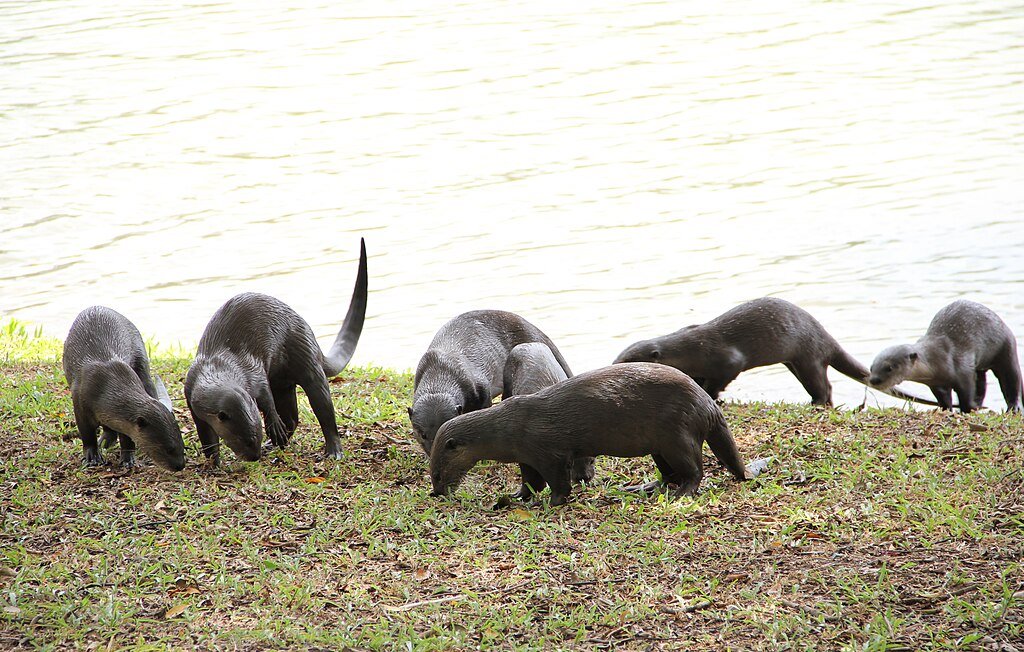
Otters in Singapore breed once a year, and typically give birth to litter sizes ranging from two to six pups. The parents share responsibilities extensively. The father plays an active role in providing food and protection, while the mother focuses on nurturing the pups. This balance in parental duties ensures that the next generation of otters is well-equipped for survival.
Conservation Challenges and Successes
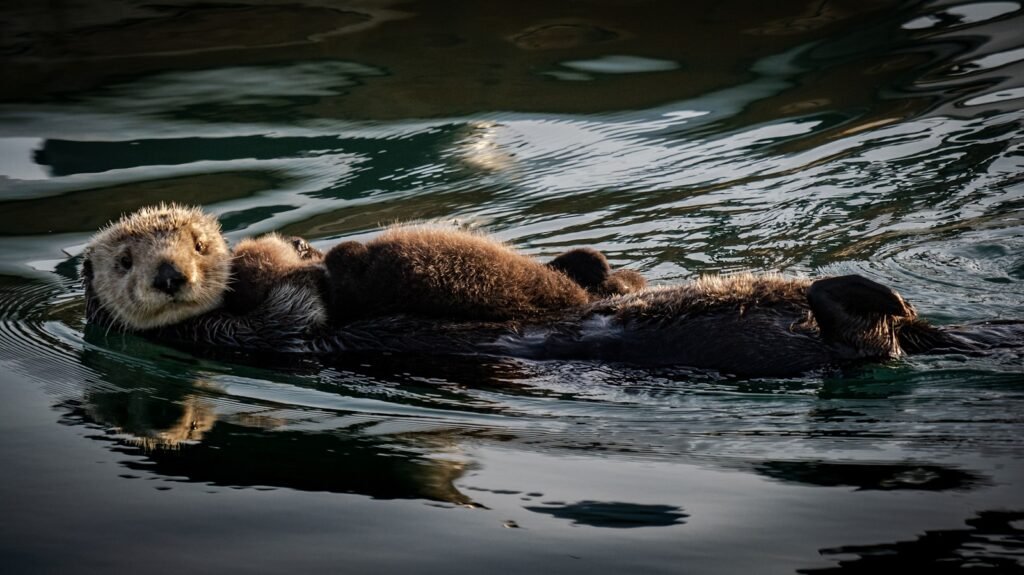
The resurgence of otters in Singapore is a testament to the success of conservation efforts, focusing on consciousness raising and the establishment of clean waterways. However, challenges remain, including conflicts with humans due to habitat encroachment and occasional reports of otters invading private fish ponds. Continuous public education and the implementation of sustainable urban planning are vital for ensuring the cohabitation of otters and humans.
The Role of Public Engagement

Public engagement has played an essential role in the conservation of Singapore’s otters. Citizens and tourists alike participate in otter-watching activities, sharing sightings on social media and contributing to citizen science projects. Public enthusiasm helps to foster a collective responsibility in ensuring the otters’ protection and is fundamental to their continued presence in the city-state.
Ecological Impact of Otters in the Urban Landscape
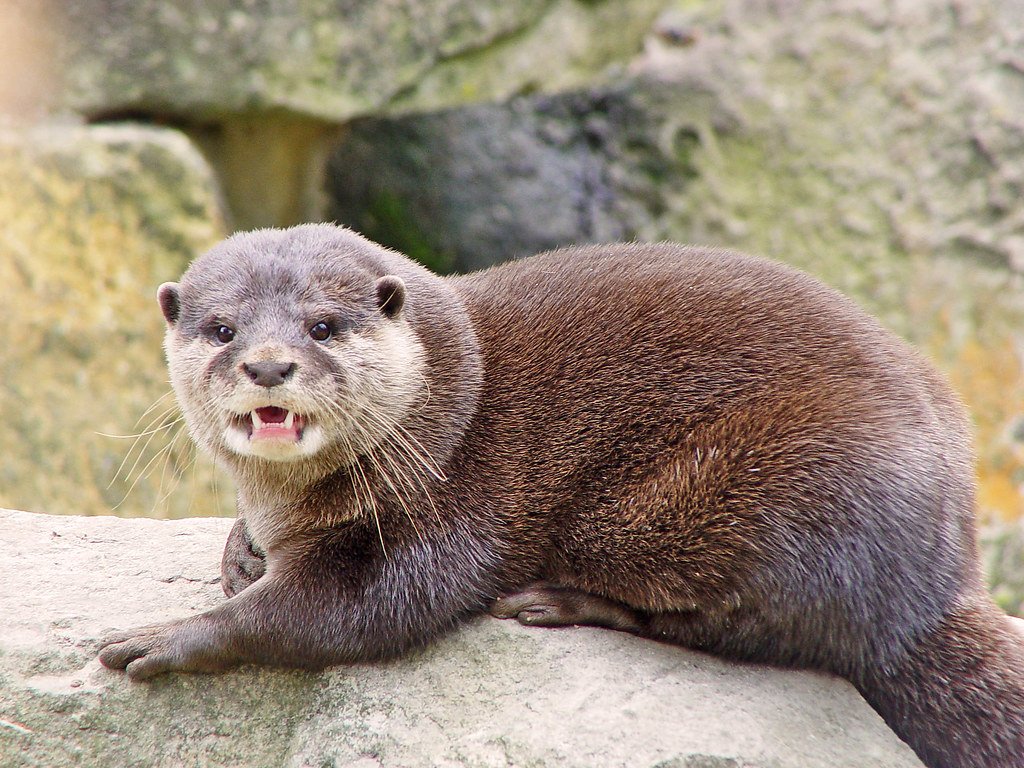
The presence of otters has positively impacted Singapore’s ecosystems. By maintaining the balance of fish populations, otters contribute to the health of aquatic environments. Their role as apex predators ensures that these habitats remain ecologically stable, which, in turn, supports biodiversity and green initiatives within the city.
Future Prospects for Singapore’s Otters
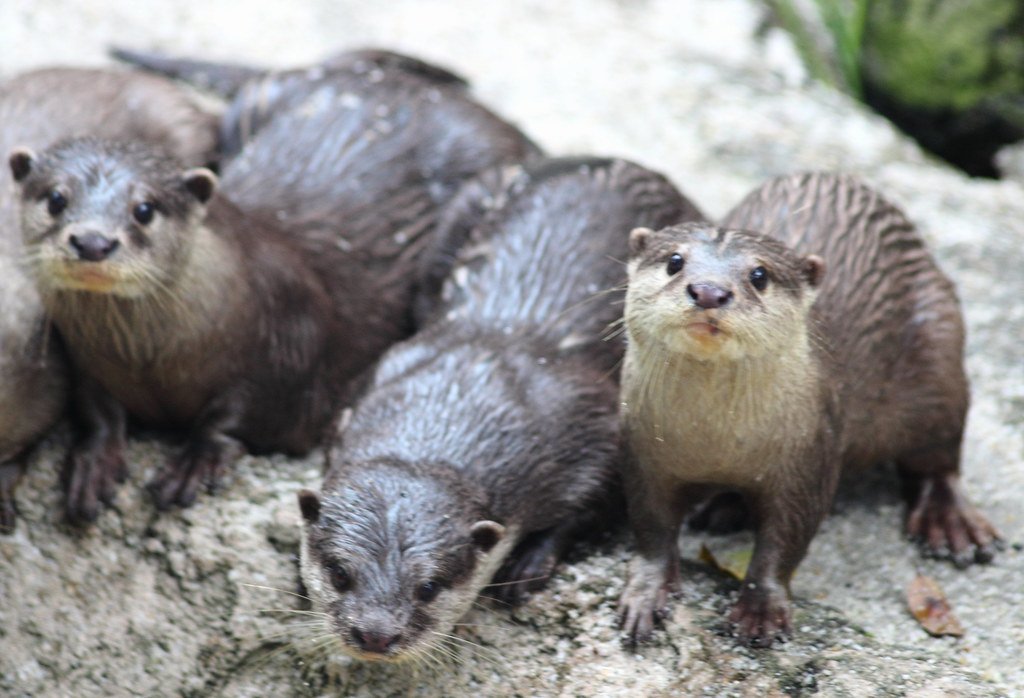
As urban landscapes continue to evolve, the future of Singapore’s otters looks promising, provided that ongoing conservation measures are maintained. The integration of otters in city planning serves as a model for urban biodiversity, showcasing the potential for cities worldwide to incorporate wildlife habitats within their infrastructures.
Conclusion
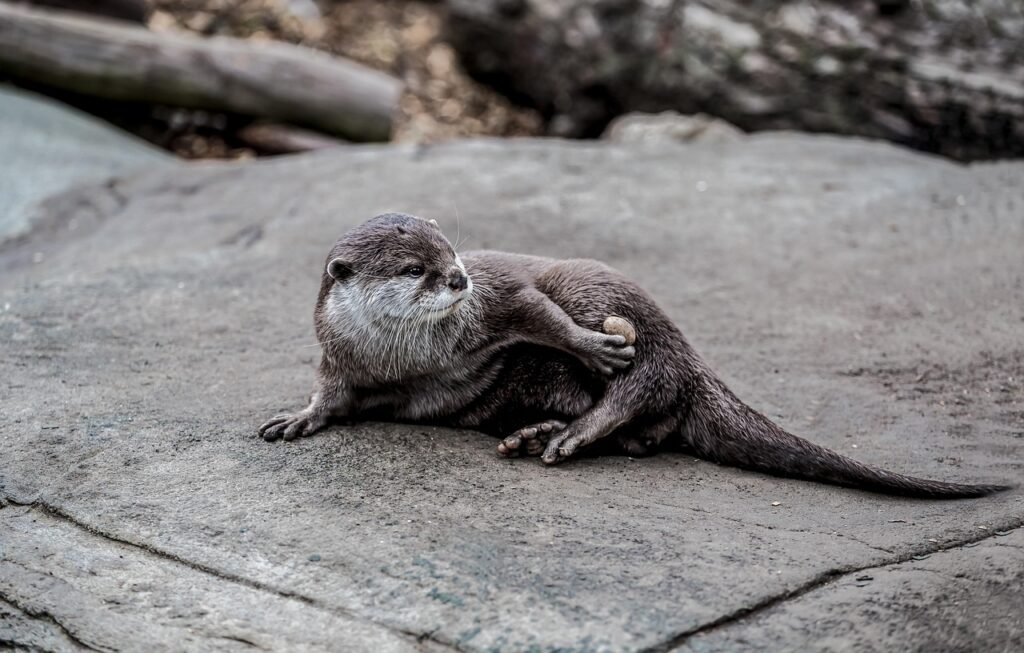
Singapore’s otters embody an inspiring story of nature’s resilience and adaptability in urban settings. Their secretive yet thriving lives amidst a bustling metropolis is a testament to the possibilities of harmonious coexistence between humans and wildlife. Sustained efforts in conservation, community engagement, and thoughtful urban planning are imperative for ensuring that these fascinating creatures continue to thrive and enchant for years to come.




